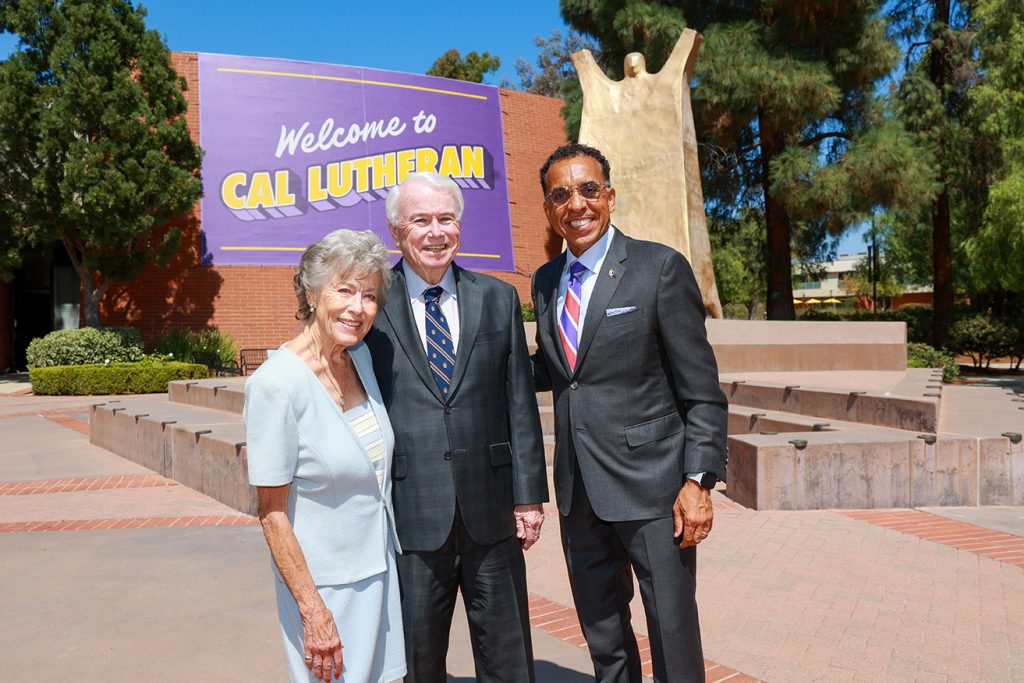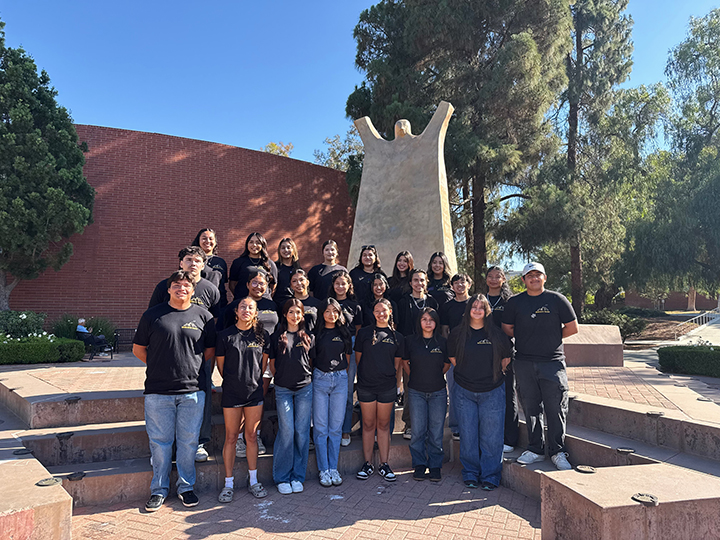(THOUSAND OAKS, CALIF. — Aug. 27, 2024) While Latinos of all genders are drivers of economic growth and a critical source of resilience for the broader U.S. economy, the contribution of U.S. Latinas is extraordinary, giving life to the U.S. economy. This is according to the inaugural Bank of America U.S. Latina GDP Report by California Lutheran University’s Center for Economic Research & Forecasting released Aug. 22 during the California Hispanic Chamber of Commerce 45th Annual Statewide Convention in Bakersfield.
This ground-breaking research documents the previously under-studied role of Latinas’ economic impact. In the areas of total economic output, population and labor force growth, labor force participation, income and educational attainment, Latinas’ impact is staggering.
“The 2021 U.S. Latina GDP is $1.3 trillion, up from $661 billion in 2010. The total economic output of Hispanic Females in 2021 is larger than the entire economy of the state of Florida. In fact, only the GDPs of California, Texas or New York are larger than the U.S. Latina GDP,” according to the report authored by Matthew Fienup, Ph.D., executive director of the Center for Economic Research & Forecasting (CERF) at California Lutheran University; Dan Hamilton, Ph.D., CERF director of economics; David Hayes–Bautista, Ph.D., director of the Center for the Study of Latino Health and Culture at the School of Medicine, UCLA.; and Paul Hsu, Ph.D., epidemiologist at the Fielding School of Public Health.
This new research uses publicly available data from major U.S. agencies between 2010 and 2021 and builds on six annual U.S. Latino GDP Reports released since 2018 and eight State and a dozen Metro Latino GDP Reports written in partnership with Bank of America.
“This population of Latinas entering the U.S. labor force during our period of study are overwhelmingly second- and third-generation Americans,” Fienup said. “These daughters and granddaughters of immigrants combine the extraordinary and selfless work ethic of their elders with rapid growth of human capital, propelling not just Latina GDP but overall GDP growth in the U.S.”
Some additional findings from the Bank of America U.S. Latina GDP Report include the following:
- Latina GDP is growing 2.7 times the growth of Non-Hispanic GDP.
- The Latina component of the U.S. labor force is growing more than 12 times that of Non-Hispanic females.
- The Latina labor force participation rate has increased strongly since 2000 and sits at an all-time high. Latinas are 2.5 percentage points more likely to be working than Non-Hispanic females.
- Latina educational attainment is growing 2.7 times that of Non-Hispanic females.
- Latinas enjoy an income growth rate 2.5 times that of their Non-Hispanic female counterparts.
Fienup and Hayes-Bautista will present the report’s findings this fall at professional events nationwide.
The full report is available at LatinaGDP.us and can be downloaded here. The final Executive Summary can be downloaded here.
About the Latino GDP Project
The effort to calculate the Latino GDP began with David Hayes-Bautista around 2004. His idea was to use established government data programs to calculate a robust summary statistic for the economic performance of U.S. Latinos. The inaugural Latino Gross Domestic Product (GDP) Report was produced in 2017, followed by five additional annual reports. With generous support from Bank of America, the Latino GDP Project was significantly expanded beginning in 2021 and now includes calculation of the Latino GDP for targeted states and major metropolitan areas, as well the inaugural U.S. Latina GDP Report. For more information, visit LatinoGDP.us and LatinaGDP.us
About the Center for Economic Research & Forecasting (CERF): CERF is a nationally recognized economic forecasting house. CERF economists Matthew Fienup and Dan Hamilton are members of the Wall Street Journal Economic Forecasting Survey, the National Association for Business Economics (NABE) Economic Outlook and Economic Policy Surveys and the Zillow (formerly Case-Shiller) Home Price Expectations Survey. CERF was the recipient of 2019, 2020 and 2021 Crystal Ball Awards for the Zillow Home Price Survey. CERF’s U.S. home price forecast received multiple top-three rankings among more than 100 professional forecasts. CERF seeks to be a solutions-oriented organization, providing world-class economic forecast publications, analyzing the effects of economic policies and working with diverse stakeholders to address the major economic challenges of the day.
About California Lutheran University: Founded in 1959 and formally recognized as a Hispanic-Serving Institution since 2016, California Lutheran University is home to over 2,300 undergraduate and 1,300 graduate students. Our students come from 59 countries and represent a wide spectrum of faiths and spirituality. Our dedicated, accomplished faculty teach in small classes, guiding our students as they grow into open-minded leaders who are strong in character and judgment, confident in identity andvocation, and committed to service and justice. Everyone at Cal Lutheran is committed to helping students pursue their passions, discover their purpose and transform their communities. Learn more at CalLutheran.edu.
Media Contacts
Tom Hoener
Associate Vice President for Enrollment Management
California Lutheran University
thoener@CalLutheran.edu
Sarene Wallace
PR Consultant
805-816-5616
sarenewallace@CalLutheran.edu









